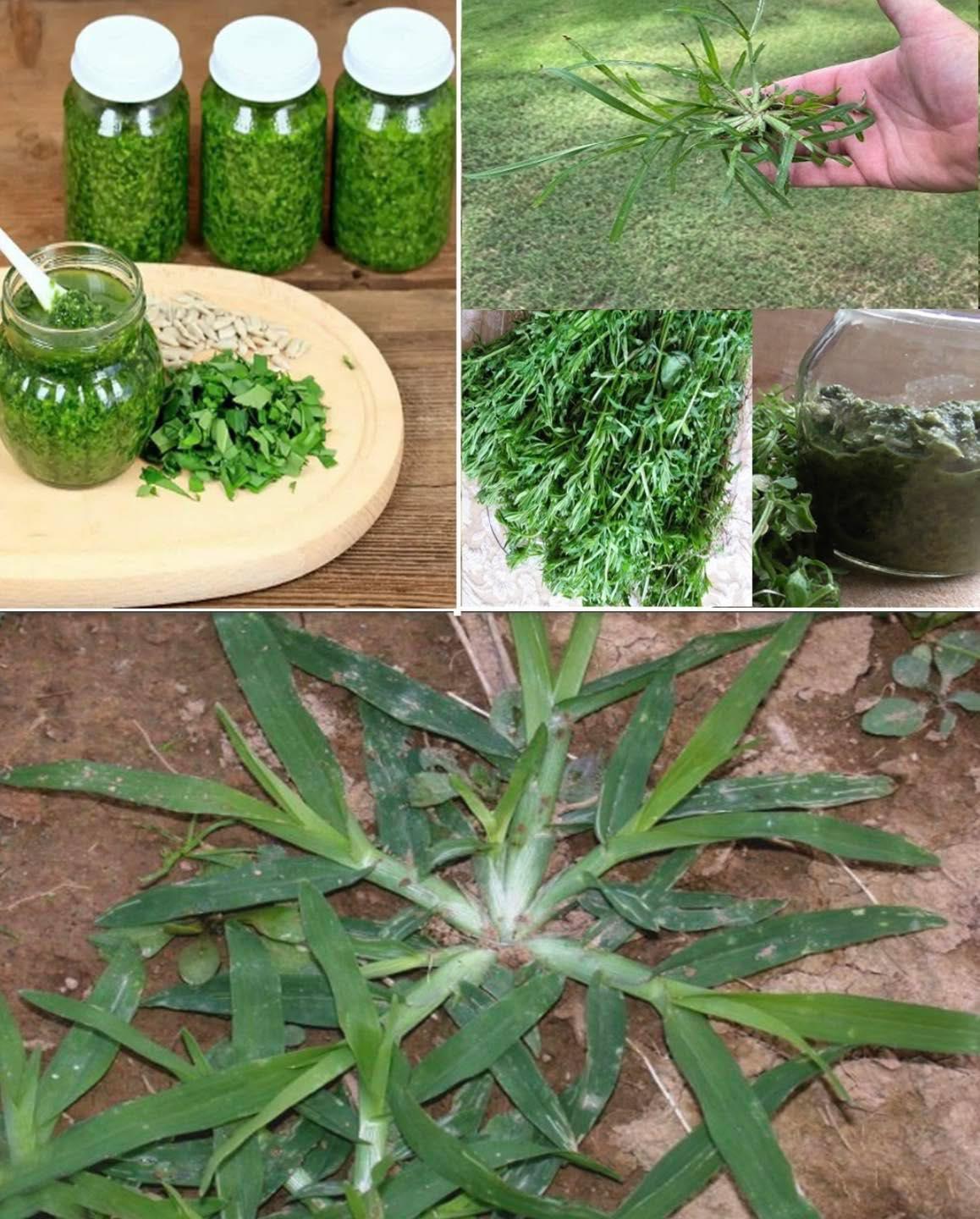Why It Matters:
Relieves digestive discomfort such as bloating and constipation.
Supports overall gut health by promoting regular bowel movements.
Common Uses of Goosegrass
Herbal Tea: One of the easiest ways to consume goosegrass is by making a tea from the fresh or dried herb. The tea can be used for detoxification, supporting digestion, or as a diuretic.
Topical Application: Goosegrass can be applied directly to the skin to soothe cuts, burns, and rashes. It can be made into a poultice or added to a balm.
Tinctures: Goosegrass tinctures are often used to support the lymphatic system and help with detoxification.
Herbal Supplements: Goosegrass can be found in capsule form and is taken to support urinary health, digestive health, and detoxification.
Juicing: Fresh goosegrass can be juiced along with other greens to enhance detoxification benefits.
How to Use Goosegrass
Goosegrass Tea: Steep 1-2 teaspoons of dried goosegrass in hot water for 10 minutes. Drink 1-2 cups daily to experience its health benefits.
Poultice: Mash the fresh plant and apply it directly to skin irritations, wounds, or rashes to help with healing.
Juice: Add fresh goosegrass to your green juice blends for added detox benefits.
Goosegrass may be a common garden weed, but its health benefits are anything but ordinary. From detoxification to supporting the lymphatic system and promoting healthy skin, goosegrass can be a valuable herb in natural remedies. Whether you consume it as a tea or apply it topically, this humble plant offers a wide range of benefits for both internal and external health. Always consult with a healthcare professional before starting any herbal remedies, especially if you are pregnant, nursing, or taking medication.
